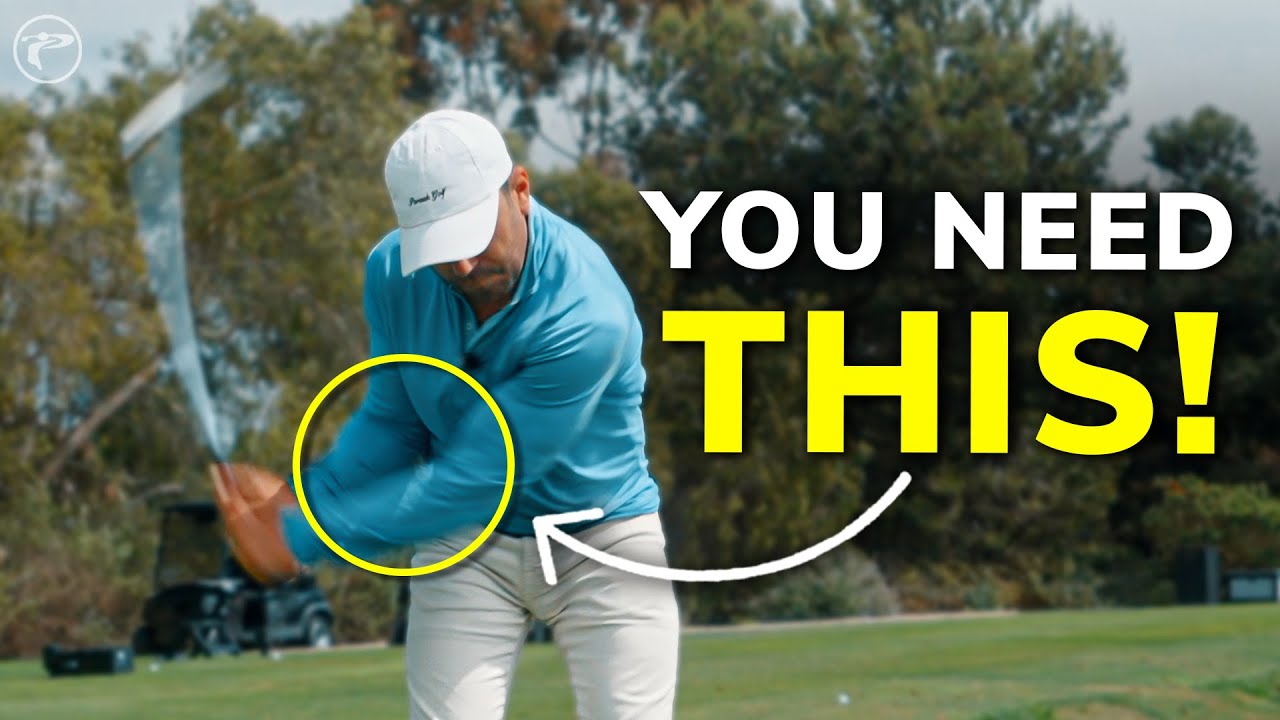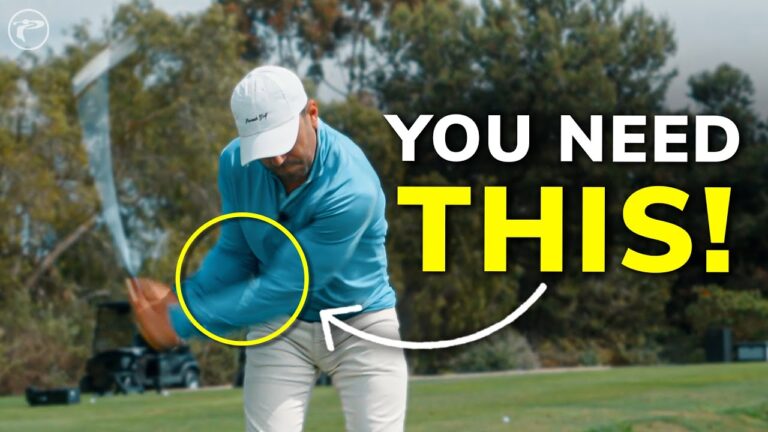
Unlock the explosive power hidden in your golf swing by mastering the art of lag. This comprehensive guide will help you harness your trail arm and wrist angles to deliver more clubhead speed and consistency, just like the pros.
Understanding Golf Swing Lag: Why It Matters
Golf swing lag is the angle formed between your lead arm and the club shaft during the transition from backswing to downswing. Maintaining this angle until the ideal moment releases stored energy, resulting in greater speed and power at impact. Why is this crucial? Because it enables you to:
- Increase clubhead speed: A delayed release boosts wrist snap through impact.
- Improve ball compression: Creates a stronger, more effective strike.
- Enhance swing consistency: Promotes a repeatable, reliable swing path.
Many amateur golfers lose lag prematurely by unwittingly straightening their trail arms or releasing their wrists too soon, leading to weak, erratic shots.
The Trail Elbow: Your Key to Creating Lag
The trail elbow is vital for initiating and maintaining lag. Beyond just wrist hinge, effective lag incorporates how you position your trail arm throughout the swing. Creating leverage by bending your trail elbow and keeping it near your body enhances the angle, storing substantial power.
Consider this: If your trail elbow extends too far, you lose critical angles needed for lag. Instead, maintain a bend to keep the club trailing your hands, creating a whipping motion upon release.
Positioning Your Trail Arm for Maximum leverage
To optimize lag, position your trail arm thoughtfully:
- Let your trail elbow bend naturally during takeaway: Mimic a sidearm throw motion for a natural fold.
- Direct the “funny bone” towards the golf ball: Ensures optimal leverage and prevents elbow flaring.
- Keep your trail arm close to your torso: Bring it towards your belly button as you start your downswing.
The Secret to Powerful Swings: Moving Your Trail Arm
A frequent mistake is allowing the trail arm to stay wide and behind during the downswing. This approach limits lag creation. Instead, guide your trail arm forward at the start of the downswing to:
- Maintain wrist to club shaft angle
- Generate a more effective swing path
- Release the clubhead later
Your trail arm should act as the engine of your swing, enabling your hands to lead and powerfully release the clubhead.
Practicing Lag: Developing the Right Feel
Creating lag involves both mechanics and sensation. Use these drills to find the perfect balance:
- Sidearm Pitch Drill: Feel your trail arm moving in front of the body as you emulate a sidearm pitch.
- Halfway Back Check: Ensure your trail arm is bent and the funny bone points to the ball halfway through your backswing.
- Slow Motion Swings: Focus on maintaining wrist and club shaft angles as you transition.
- Pivotal Elbow Focus: Visualize your trail elbow as the pivot point, close to your body, leading the downswing.
Avoiding Common Lag Mistakes
Beware of advice that leads to ineffective lag techniques, such as overly stiff or distant trail arms. Key pitfalls include:
- Stiff, Wide Trail Arms: Reduces leverage and prompts early releases.
- Premature Wrist Release: Sacrifices power and leads to erratic shots.
- Ignoring Trail Arm: Essential for lag, don’t rely solely on wrist hinge.
- Trail Arm Extension: Keep it naturally bent and close for better mechanics.
Maximizing Effect: Lag and Release
Once you’ve perfected lag using your trail elbow, it’s crucial to time your release correctly. A postponed release amplifies speed and compression:
- Keep lag angle intact during downswing: Retain wrist hinging and elbow bend as long as possible.
- Allow trail arm to naturally straighten near impact: Releases stored energy.
- Don’t “throw” the club prematurely: Wait to maximize power and accuracy.
- Practice pitch shots: Ingrain controlled, powerful releases.
FAQs on Lag and Trail Arm Mechanics
Why is my trail elbow straightening too early in the downswing?
Often due to stiffness or extended arm positions. Keep your trail elbow bent and near your torso for effective lag.
Can I create lag if I am a right-handed player playing left-handed?
Yes, the technique applies to handedness shifts. Focus on how both arms and wrists collaborate to create lag.
Is it better to feel like I’m pulling my right arm through or driving my left arm in front?
Both strategies work; emphasize moving the trail arm forward to maintain wrist hinge.
How do I know if I am maintaining lag correctly?
Pause midway in your swing. Your trail elbow should bend and point towards the ball. Hands should lead the clubhead through impact.
Will this lag technique help me hit the ball straighter?
Yes, proper lag results in a consistent path and straighter shots by encouraging square clubhead release.
Conclusion: Mastering Lag in Your Swing
Lagging the club effectively boosts power, control, and consistency. Focus on trail elbow positioning to generate leverage and execute a timely release. Key takeaways include:
- Combine wrist hinge and elbow bend to create lag.
- Maintain a bent trail elbow close to your body.
- Lead with your trail arm for powerful swings.
- Preserve lag until late for maximum effect.
Practice these techniques to transform your swing and elevate your golfing prowess. Begin honing your trail arm mechanics today and experience professional-level improvements!


0 Comments